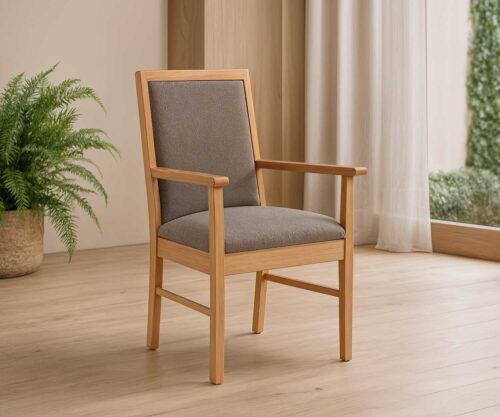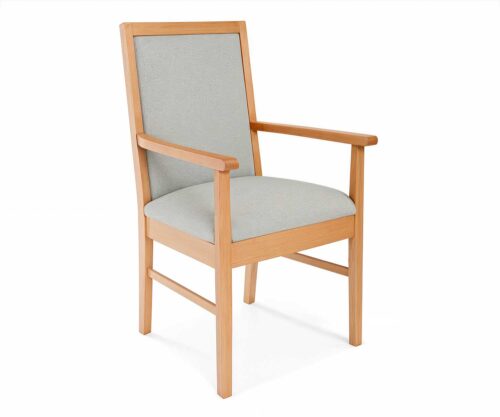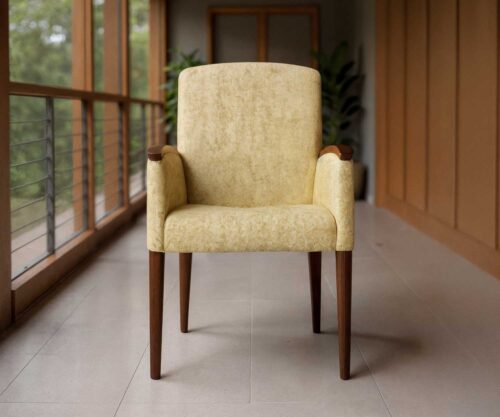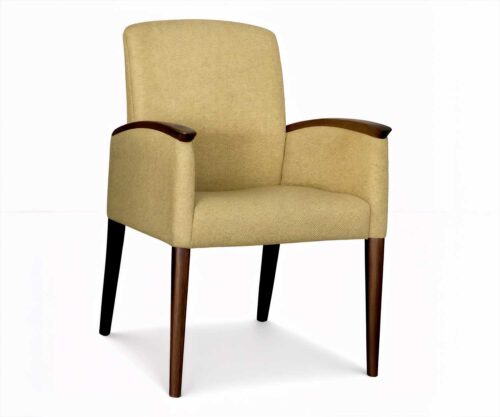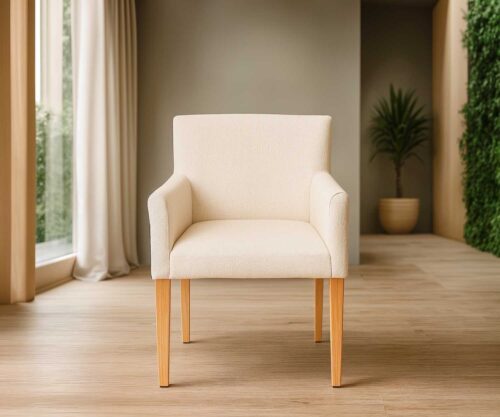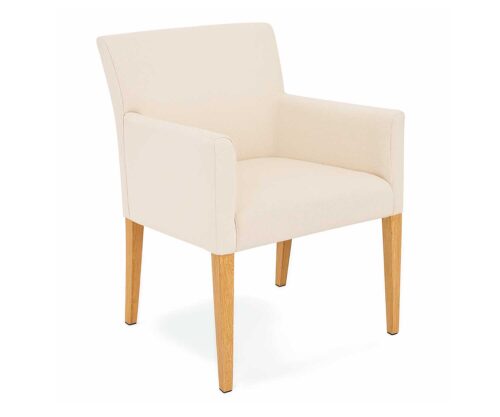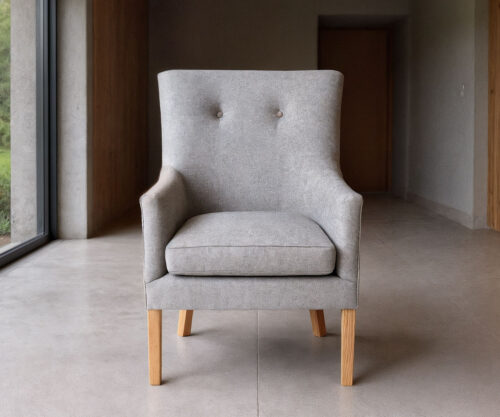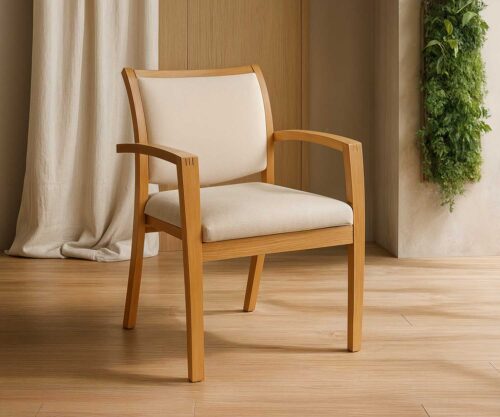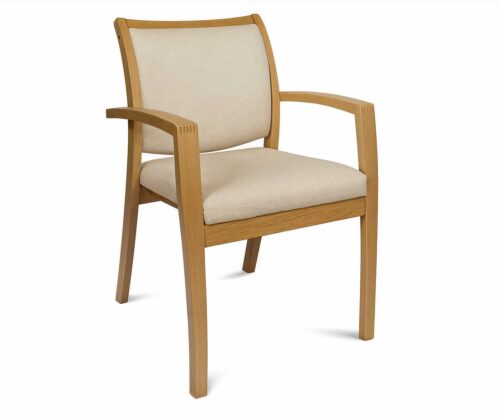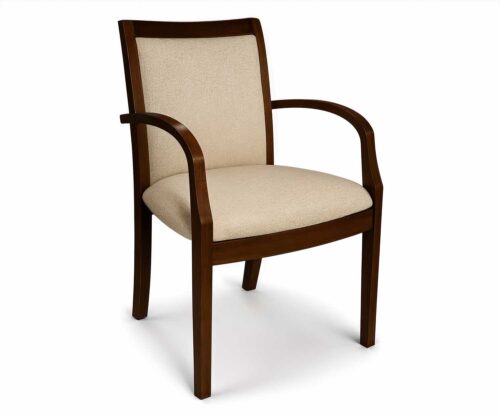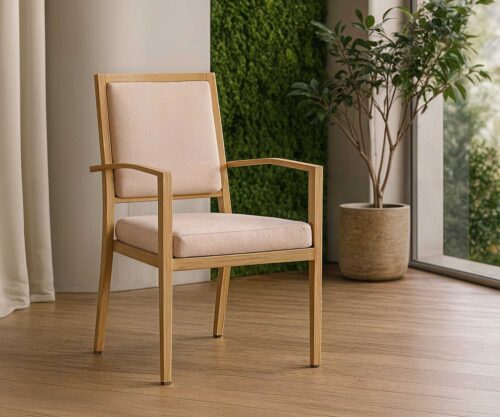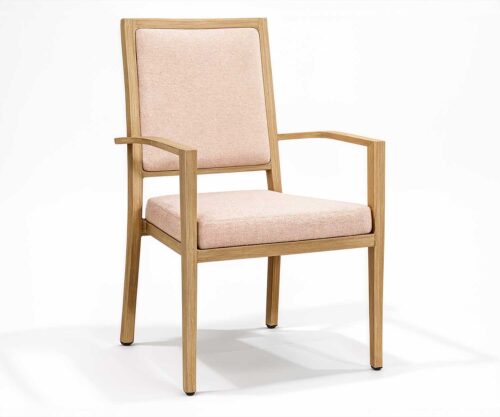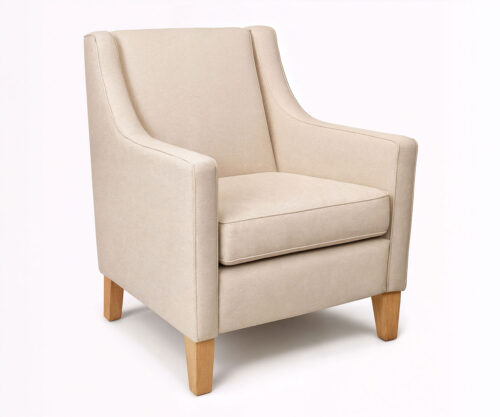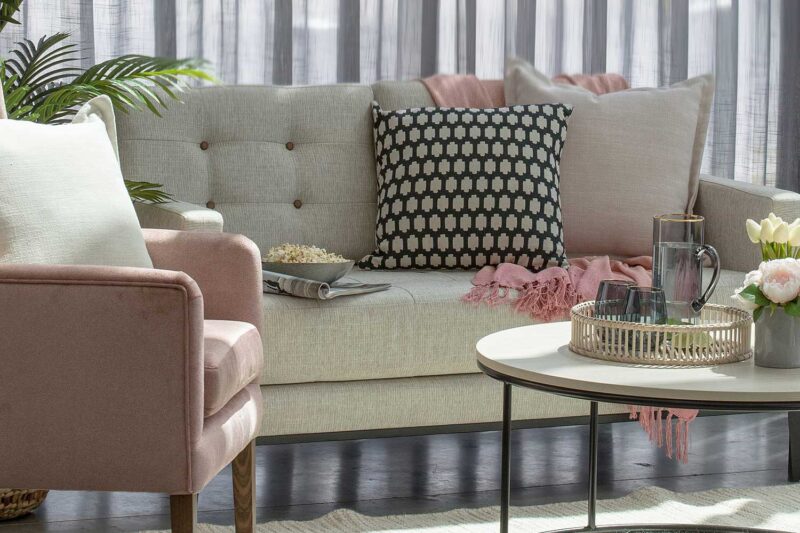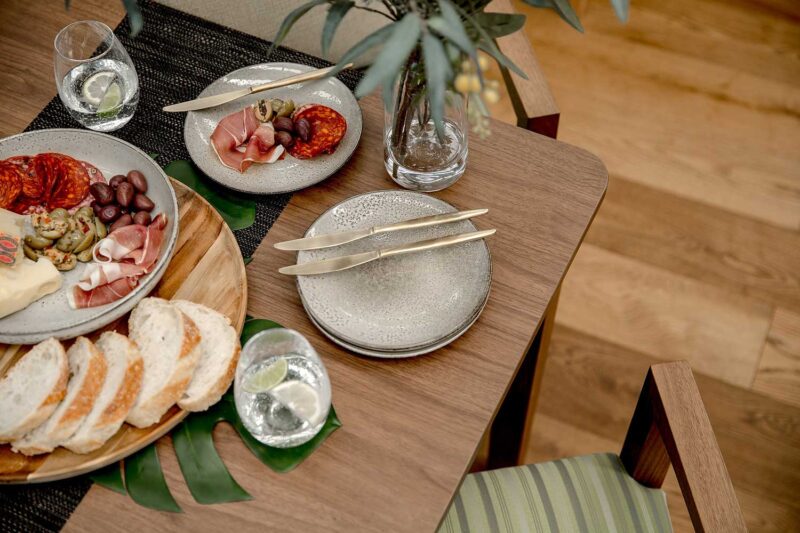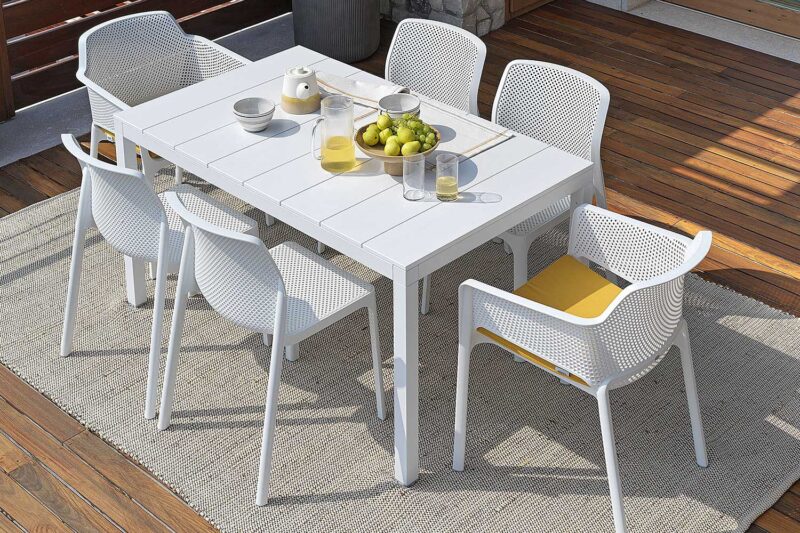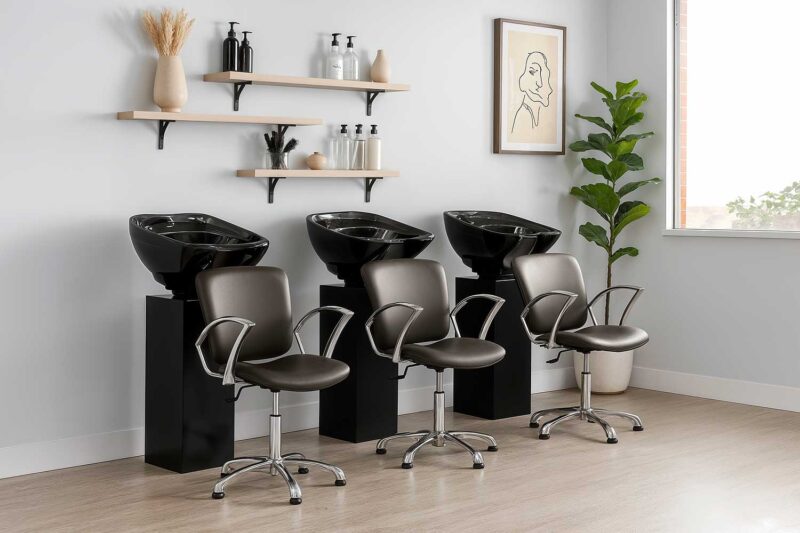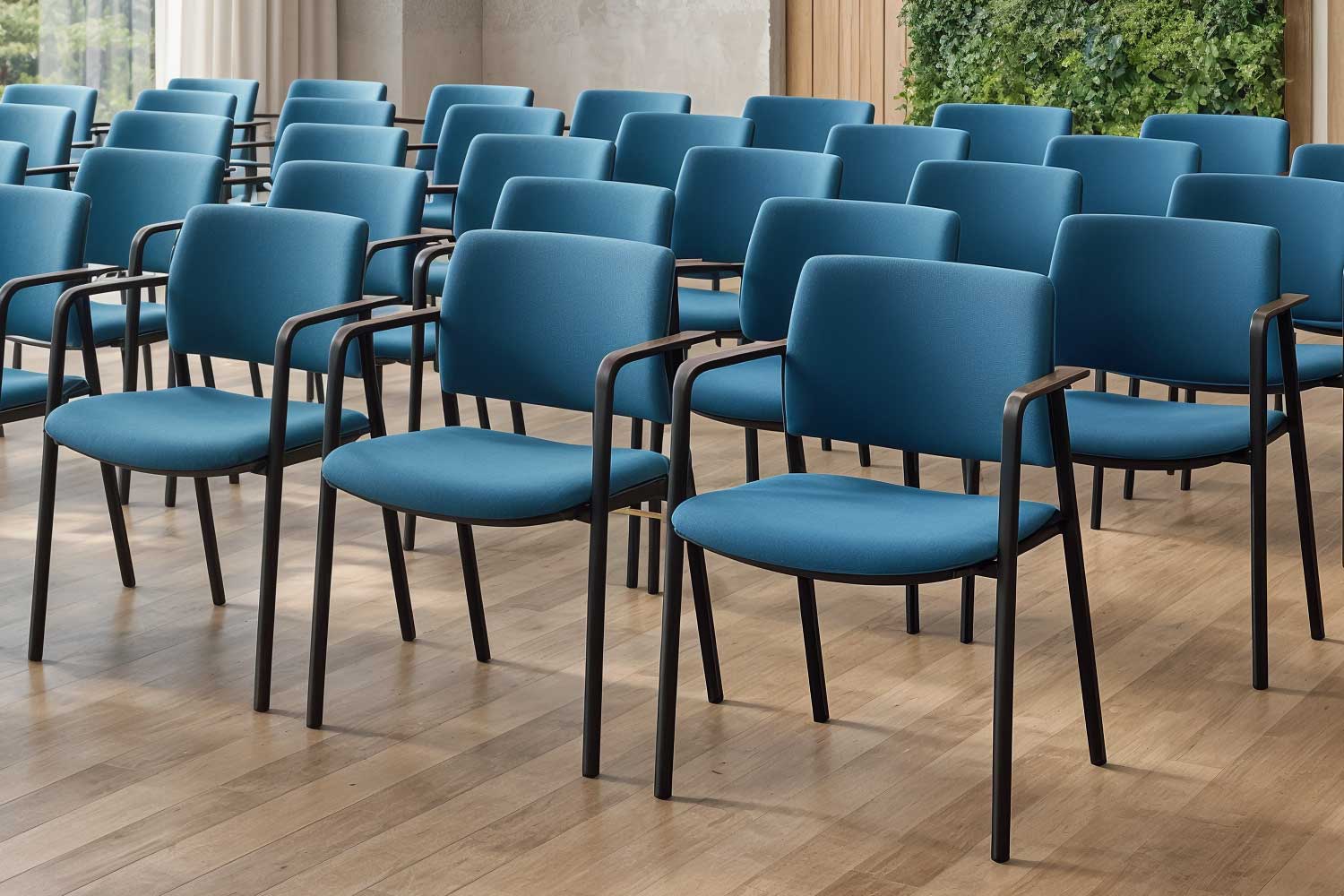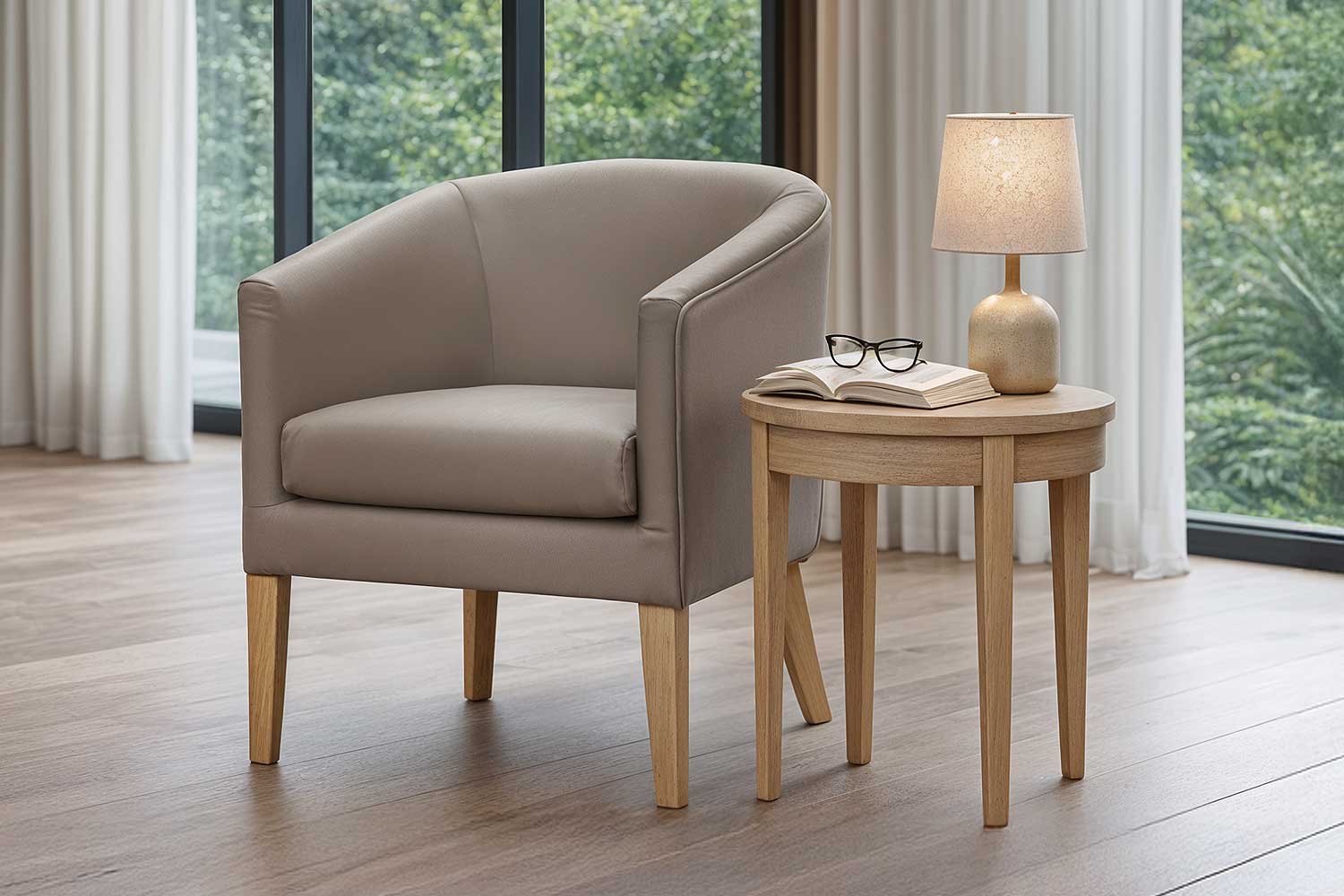What Australian Aged Care Residents Really Notice About Your Furniture (And What They Wish You’d Change)

Furniture plays a bigger role in resident wellbeing than it gets credit for.
It’s not just about how a chair looks in a room — it’s about how it feels to sit in, how easy it is to get out of, and how it supports dignity, autonomy, and comfort. Many residents notice details that managers and staff often overlook — and these seemingly small things add up to how “at home” they feel.
Here’s what residents are really noticing about your furniture, and how you can address it.
1. The Comfort Level (Or Lack Of)
“It looks nice, but it’s not comfortable.”
Comfort is non-negotiable in aged care furniture — yet it’s often compromised in favour of aesthetics or budget. Residents spend significant time sitting: reading, chatting, resting, watching TV or simply observing the world around them. When furniture is uncomfortable, it directly affects their wellbeing — physically and emotionally.
Poorly designed seating can contribute to:
-
Back and hip pain from lack of lumbar support
-
Fatigue from poor posture and inadequate cushioning
-
Reduced independence when seats are too low or armrests are unhelpful
-
Social withdrawal if residents avoid communal areas due to discomfort
Even something as simple as a hard seat, a deep backrest, or sharp timber edges can become a daily frustration.
How to fix it:
-
Choose seating with ergonomic shaping, good lumbar support and high armrests
-
Opt for medium-density foam that’s soft to sit on but won’t sag over time
-
Test seat heights — 480–500mm is ideal for older adults
-
Include a mix of seating styles to suit different bodies and preferences
2. Furniture That Feels Institutional
“Why does it feel like a hospital?”
Residents want to feel at home — not like they’re stuck in a hospital ward. Unfortunately, many aged care interiors still rely on furniture that looks clinical, overly functional, or mass-produced. Laminated finishes, boxy shapes, vinyls in cold colours, and rows of identical chairs can all add to that institutional atmosphere.
While these choices might be practical, they can unintentionally reinforce the feeling that a facility is designed more for efficiency than for living.
And that matters — because the emotional tone of a space can affect everything from resident mood and dining enjoyment to family perceptions and staff satisfaction.
Why Residents Notice It
-
Many residents are grieving the loss of their own home — familiar objects, textures and warmth bring comfort
-
Clinical or sterile environments can heighten feelings of vulnerability or sadness
-
Residents may associate certain materials (e.g. vinyl, metal, grey laminates) with hospitals, medical procedures, or past trauma
-
Lack of visual warmth can lead to disengagement from common spaces
How to fix it:
-
Use warm-toned timber stains and textured fabrics
-
Incorporate soft furnishings like scatter cushions and throws
-
Choose chairs with curves, stitching detail or timber legs for a more domestic look
-
Add occasional tables, lamps and décor to break up the “line-up” look
3. Noise and Movement
“That chair screeches every time someone gets up.”
To someone younger or more mobile, a noisy chair might seem like a minor irritation. But in an aged care environment, excess noise and instability can be distressing — even unsafe.
Many residents have heightened sensitivities to their environment, especially those living with dementia or anxiety. Sudden scraping sounds from chairs, wobbling tables, or lightweight furniture that shifts when leaned on can be disorienting or even frightening. In shared spaces like dining rooms and lounges, these seemingly small issues can build up, making residents feel less inclined to engage socially.
And from a staff perspective, constantly repositioning or rebalancing chairs that move too easily becomes a silent frustration — something that wastes time and breaks the flow of care.
How to fix it:
-
Invest in weight-balanced furniture that’s easy to move but doesn’t slide away
-
Use chair glides suited to your flooring — rubber or felt glides reduce noise
-
Secure castors on tables and equipment with brake mechanisms
-
Opt for sturdy arms and solid frames to create a sense of stability
4. Stains, Tears and Wear-and-Tear
“This chair’s been through a lot, hasn’t it?”
Residents might not say it out loud, but they notice when furniture has seen better days. A sagging seat, a discoloured patch on a cushion, or a frayed armrest sends a subtle but powerful message — that the environment is tired, and perhaps they’re not worth the effort to keep things looking fresh.
For many older Australians, pride in their home has been a lifelong value. When they enter aged care, they want to feel that same sense of care and dignity reflected in their surroundings. Worn furniture can inadvertently chip away at that.
Beyond the emotional impact, worn-out furniture can also become a hygiene or safety risk. Stains may harbour bacteria, torn seams can catch on clothing or skin, and softened foam can reduce postural support — leading to discomfort, fidgeting, or even falls.
How to fix it:
-
Use commercial-grade, easy-clean fabrics (e.g. Crypton or HealthGuard-treated upholstery)
-
Establish a regular furniture inspection schedule — catch issues early
-
Budget for cyclical replacement or refurbishment of key items every 3–5 years
-
Keep a few backup chairs on hand to rotate out damaged ones immediately
5. How Easy It Is to Use
“I can’t reach the table” or “This armrest’s too short.”
One of the most overlooked aspects of aged care furniture is usability. From seating to dining to bedroom furnishings, the design must prioritise how residents physically interact with each item.
When furniture doesn’t work with a resident’s mobility, it can cause stress, physical discomfort, and even increase the risk of injury. The result? Less time spent in communal areas, more assistance required from staff, and an environment that feels difficult to navigate.
How to fix it:
-
Choose seating with generous, supportive armrests to assist standing
-
Select dining tables with appropriate clearance for wheelchairs and mobility aids
-
Avoid furniture with narrow seats, low backs or sharp corners
-
Involve OTs in your selection process for clinical environments
6. Furniture That Reflects Them
“This doesn’t feel like me.”
For many aged care residents, moving into care is one of life’s biggest transitions — and it often involves leaving behind familiar furniture, treasured décor, and a home filled with personal meaning. When their new environment feels generic or impersonal, it can heighten the sense of displacement.
Furniture plays a subtle but powerful role in helping residents feel connected to their identity, their past, and their sense of self.
While it’s not always practical to accommodate every individual style in shared spaces, there are smart, scalable ways to infuse warmth, personality and resident-centred design into your furniture choices.
How to fix it:
-
Offer a limited range of curated fabrics and finishes to allow for personalisation
-
Use accent chairs in bedrooms that reflect the resident’s personality or history
-
Incorporate furniture that nods to familiar residential styles from the 50s, 60s or 70s
-
Ask residents or families for input when redesigning common spaces
Final Thoughts
Furniture is one of the most visible and felt parts of the resident experience — but also one of the easiest areas to improve.
By choosing furniture that supports comfort, dignity and homeliness, you create an environment where residents feel seen, safe and valued.
At FHG, we build purpose-designed furniture for aged care — handcrafted in Brisbane and backed by decades of experience in the sector. Every chair, table and sofa we create is shaped by what residents and care staff really need.
Ready to refresh your furniture with resident-centred design?
Let’s start with a free consultation. Contact our Project Team — and let us show you what’s possible.
Custom, Safe and Supportive Furniture for Residential Aged Care
More News
What Australian Aged Care Residents Really Notice About Your Furniture (And What They Wish You’d Change)

Furniture plays a bigger role in resident wellbeing than it gets credit for.
It’s not just about how a chair looks in a room — it’s about how it feels to sit in, how easy it is to get out of, and how it supports dignity, autonomy, and comfort. Many residents notice details that managers and staff often overlook — and these seemingly small things add up to how “at home” they feel.
Here’s what residents are really noticing about your furniture, and how you can address it.
1. The Comfort Level (Or Lack Of)
“It looks nice, but it’s not comfortable.”
Comfort is non-negotiable in aged care furniture — yet it’s often compromised in favour of aesthetics or budget. Residents spend significant time sitting: reading, chatting, resting, watching TV or simply observing the world around them. When furniture is uncomfortable, it directly affects their wellbeing — physically and emotionally.
Poorly designed seating can contribute to:
-
Back and hip pain from lack of lumbar support
-
Fatigue from poor posture and inadequate cushioning
-
Reduced independence when seats are too low or armrests are unhelpful
-
Social withdrawal if residents avoid communal areas due to discomfort
Even something as simple as a hard seat, a deep backrest, or sharp timber edges can become a daily frustration.
How to fix it:
-
Choose seating with ergonomic shaping, good lumbar support and high armrests
-
Opt for medium-density foam that’s soft to sit on but won’t sag over time
-
Test seat heights — 480–500mm is ideal for older adults
-
Include a mix of seating styles to suit different bodies and preferences
2. Furniture That Feels Institutional
“Why does it feel like a hospital?”
Residents want to feel at home — not like they’re stuck in a hospital ward. Unfortunately, many aged care interiors still rely on furniture that looks clinical, overly functional, or mass-produced. Laminated finishes, boxy shapes, vinyls in cold colours, and rows of identical chairs can all add to that institutional atmosphere.
While these choices might be practical, they can unintentionally reinforce the feeling that a facility is designed more for efficiency than for living.
And that matters — because the emotional tone of a space can affect everything from resident mood and dining enjoyment to family perceptions and staff satisfaction.
Why Residents Notice It
-
Many residents are grieving the loss of their own home — familiar objects, textures and warmth bring comfort
-
Clinical or sterile environments can heighten feelings of vulnerability or sadness
-
Residents may associate certain materials (e.g. vinyl, metal, grey laminates) with hospitals, medical procedures, or past trauma
-
Lack of visual warmth can lead to disengagement from common spaces
How to fix it:
-
Use warm-toned timber stains and textured fabrics
-
Incorporate soft furnishings like scatter cushions and throws
-
Choose chairs with curves, stitching detail or timber legs for a more domestic look
-
Add occasional tables, lamps and décor to break up the “line-up” look
3. Noise and Movement
“That chair screeches every time someone gets up.”
To someone younger or more mobile, a noisy chair might seem like a minor irritation. But in an aged care environment, excess noise and instability can be distressing — even unsafe.
Many residents have heightened sensitivities to their environment, especially those living with dementia or anxiety. Sudden scraping sounds from chairs, wobbling tables, or lightweight furniture that shifts when leaned on can be disorienting or even frightening. In shared spaces like dining rooms and lounges, these seemingly small issues can build up, making residents feel less inclined to engage socially.
And from a staff perspective, constantly repositioning or rebalancing chairs that move too easily becomes a silent frustration — something that wastes time and breaks the flow of care.
How to fix it:
-
Invest in weight-balanced furniture that’s easy to move but doesn’t slide away
-
Use chair glides suited to your flooring — rubber or felt glides reduce noise
-
Secure castors on tables and equipment with brake mechanisms
-
Opt for sturdy arms and solid frames to create a sense of stability
4. Stains, Tears and Wear-and-Tear
“This chair’s been through a lot, hasn’t it?”
Residents might not say it out loud, but they notice when furniture has seen better days. A sagging seat, a discoloured patch on a cushion, or a frayed armrest sends a subtle but powerful message — that the environment is tired, and perhaps they’re not worth the effort to keep things looking fresh.
For many older Australians, pride in their home has been a lifelong value. When they enter aged care, they want to feel that same sense of care and dignity reflected in their surroundings. Worn furniture can inadvertently chip away at that.
Beyond the emotional impact, worn-out furniture can also become a hygiene or safety risk. Stains may harbour bacteria, torn seams can catch on clothing or skin, and softened foam can reduce postural support — leading to discomfort, fidgeting, or even falls.
How to fix it:
-
Use commercial-grade, easy-clean fabrics (e.g. Crypton or HealthGuard-treated upholstery)
-
Establish a regular furniture inspection schedule — catch issues early
-
Budget for cyclical replacement or refurbishment of key items every 3–5 years
-
Keep a few backup chairs on hand to rotate out damaged ones immediately
5. How Easy It Is to Use
“I can’t reach the table” or “This armrest’s too short.”
One of the most overlooked aspects of aged care furniture is usability. From seating to dining to bedroom furnishings, the design must prioritise how residents physically interact with each item.
When furniture doesn’t work with a resident’s mobility, it can cause stress, physical discomfort, and even increase the risk of injury. The result? Less time spent in communal areas, more assistance required from staff, and an environment that feels difficult to navigate.
How to fix it:
-
Choose seating with generous, supportive armrests to assist standing
-
Select dining tables with appropriate clearance for wheelchairs and mobility aids
-
Avoid furniture with narrow seats, low backs or sharp corners
-
Involve OTs in your selection process for clinical environments
6. Furniture That Reflects Them
“This doesn’t feel like me.”
For many aged care residents, moving into care is one of life’s biggest transitions — and it often involves leaving behind familiar furniture, treasured décor, and a home filled with personal meaning. When their new environment feels generic or impersonal, it can heighten the sense of displacement.
Furniture plays a subtle but powerful role in helping residents feel connected to their identity, their past, and their sense of self.
While it’s not always practical to accommodate every individual style in shared spaces, there are smart, scalable ways to infuse warmth, personality and resident-centred design into your furniture choices.
How to fix it:
-
Offer a limited range of curated fabrics and finishes to allow for personalisation
-
Use accent chairs in bedrooms that reflect the resident’s personality or history
-
Incorporate furniture that nods to familiar residential styles from the 50s, 60s or 70s
-
Ask residents or families for input when redesigning common spaces
Final Thoughts
Furniture is one of the most visible and felt parts of the resident experience — but also one of the easiest areas to improve.
By choosing furniture that supports comfort, dignity and homeliness, you create an environment where residents feel seen, safe and valued.
At FHG, we build purpose-designed furniture for aged care — handcrafted in Brisbane and backed by decades of experience in the sector. Every chair, table and sofa we create is shaped by what residents and care staff really need.
Ready to refresh your furniture with resident-centred design?
Let’s start with a free consultation. Contact our Project Team — and let us show you what’s possible.
Custom, Safe and Supportive Furniture for Residential Aged Care
Discover the FHG Look Book: Your Source of Inspiration for Quality Australian-Made Commercial Furniture
- Quality Craftsmanship: See why we’ve been a trusted partner for over 25 years.
- Local Excellence: Learn how our Brisbane team ensures the highest standards.
- Inspiration and Ideas: Find innovative furniture solutions for any environment.
Don’t miss the opportunity to transform your commercial space with FHG’s expertly crafted furniture. Download the FHG Look Book today and start your journey towards exceptional design and quality.

